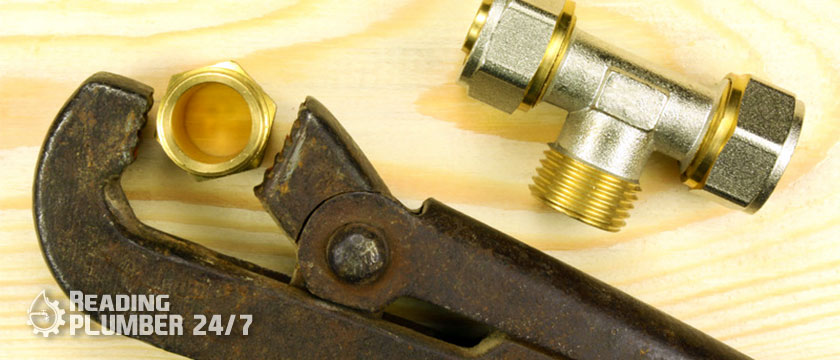
19 Jan. 22
How to Repair a Shower Diverter
Turning on your shower should be as simple as flipping a switch. When your shower diverter breaks, however, taking a shower becomes difficult—water continues to flow from your tub’s faucet even after you’ve switched the diverter. Fortunately, repairing a shower diverter is a quick and simple task.
Table of Contents
What Exactly Is a Shower Diverter?
The mechanism that reroutes water from your bathtub faucet to your shower head is known as a shower diverter. Many shower diverters are operated by pulling a pin knob, but there are many different types. Perhaps yours is activated by a button or a third faucet handle located between the hot and cold knobs of the bathtub.
How to Tell If Your Shower Diverter Is Broken
This one is simple. If water continues to leak out of the bathtub spout rather than the shower head after you activate your shower diverter, the shower diverter is not working properly. This could indicate that the inner rubber stopper isn’t creating a good seal to completely block and redirect the flow of water, or it could indicate something else. To troubleshoot and resolve the issue, follow the steps outlined below.
Repairing a Shower Diverter
If you’ve determined that your shower diverter is broken, don’t put it off any longer. A broken shower diverter wastes water and creates a poor shower experience, despite the fact that it may be an easy task to put off. Repairing a shower diverter is a simple home improvement project that can be completed in a day. Here are seven easy steps for repairing a shower diverter:
Turn off your shower’s water supply.
Tape off your drain to prevent small screws or other important parts from falling down the drainpipe.
Tighten the screws behind the diverter valve’s faceplate. If you try this fix and the water continues to pour or leak slowly from the bathtub spout after you have engaged the shower diverter, proceed to the next step.
Remove the shower diverter. If your diverter has a rotating valve, unscrew the nut at the diverter’s stem and pull out the entire valve. Unscrew the threaded tub spout if it has a gate-type valve.
Change the diverter. Bring your old diverter with you to the store to ensure you get the correct replacement.
Install the new diverter, taking care not to cross-thread the parts. Tighten the diverter with a wrench, being careful not to overtighten it. Depending on whether it is engaged, twist the gate or adjust the stopper to ensure that it is in the proper position.
Reconnect the water supply. Engage the shower diverter to direct the flow of water to the shower head. If your shower runs smoothly and there are no leaks from the bathtub spout, your shower diverter replacement was successful.
If replacing the diverter does not resolve the issue, we recommend contacting a plumber.
Protect the shower diverter from wear and tear.
To reduce strain and wear on your shower diverter and help prevent the need for shower diverter repair, always release the diverter for a few seconds before turning off the water.
If you don’t feel like replacing your shower diverter yourself, give us a call. Our reading city plumbing experts are committed to providing you with excellent customer service while performing expert plumbing repair. Call us or send us an estimate request today.


